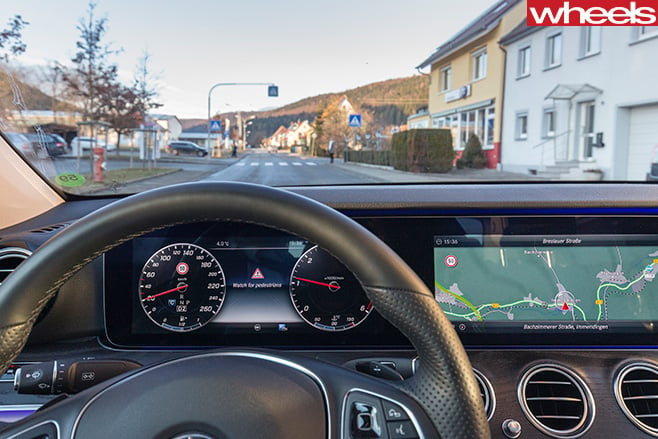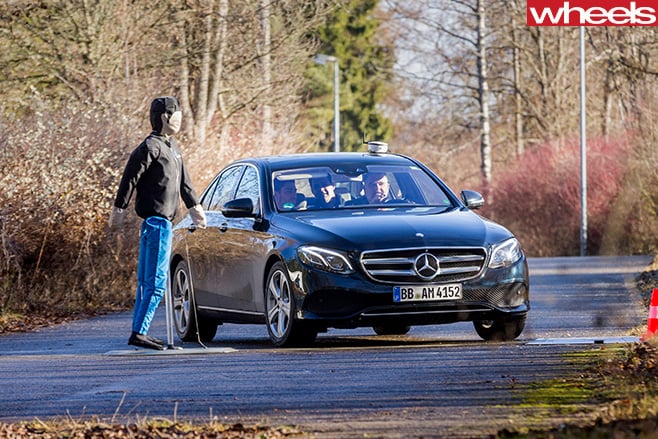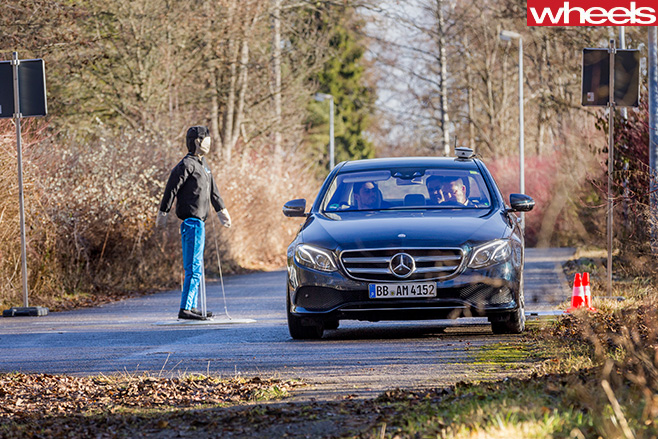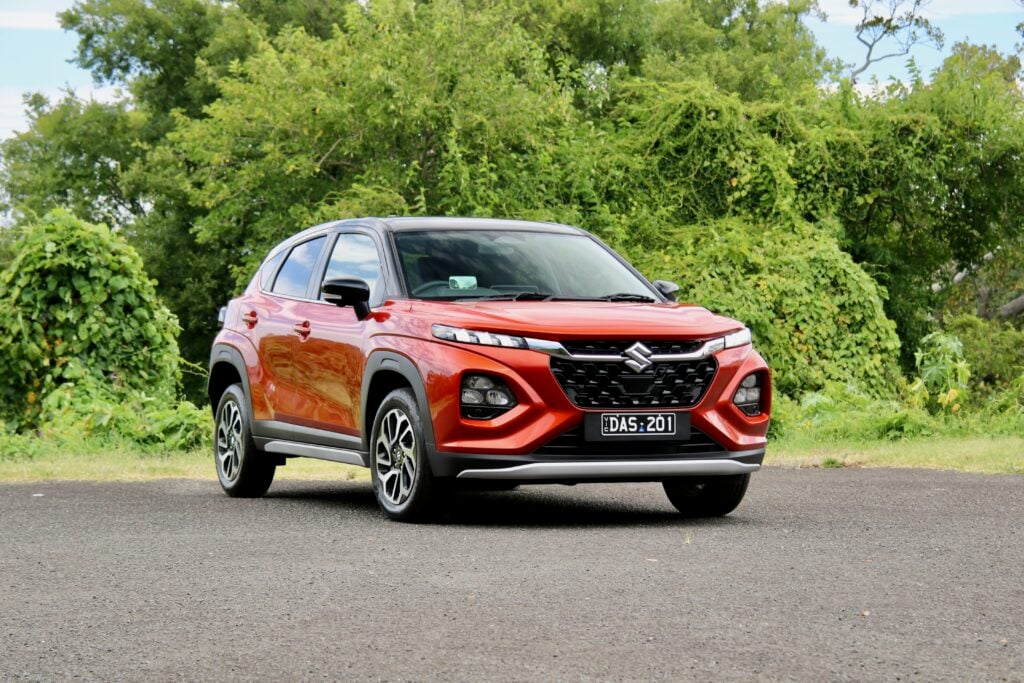AUSTRALIAN drivers will help shape Mercedes-Benz’s autonomous cars of the future, the German carmaker has revealed.
Mercedes-Benz has revealed it will foster the next generations of its autonomous driving systems at a new, €245 million ($A350 million) facility at Immendingen – a former shooting range for tanks about two hours from Stuttgart – that will use data collected from Australian testing.
From March 2017, Mercedes will test autonomous systems on Australia roads with the goal of collecting data to better understand real-world driving situations in right-hand drive markets.
A team of Mercedes engineers will fly to Australia to oversee the testing, led by the brand’s autonomous and active safety systems guru, Jochen Haab.

“The Australian testing won’t just be something we use to put into software for Australian cars, it will be used in our cars worldwide.”
The single Mercedes-Benz E-Class will be based in Melbourne, at the carmaker’s Australian headquarters, but will travel interstate to collect data from real-world situations. If the testing is successful, Haab has plans to increase the number of Australian vehicles, possibly using camouflaged, yet-to-be-released models.

“Maybe we’ll even find a kangaroo. Right now I can’t predict what happens with a kangaroo. We have pedestrian detection, and kangaroos can be quite upright, but we just don’t know yet. So we’ll record that data at look at it. It will be tested in real life traffic, with normal people.”
The reams of Australian data will be analysed in Germany, at the Immendingen facility currently being built on a military base used for tank training and special forces operations since 1958.

The autonomous zone, nicknamed ‘Bertha’ after Karl Benz’s wife who famously ‘stole’ his early Model III prototype in 1888 to complete the world’s first road trip, will be the first completed section and will be more than four times larger than the current autonomous testing facility in Mercedes’ R&D HQ in Sindelfingen.
The larger space will allow for improved high-speed cross-traffic testing, and even the construction of an ‘autonomous village’ with temporary buildings to analyse real-world driving situations and car-to-car communication systems.






